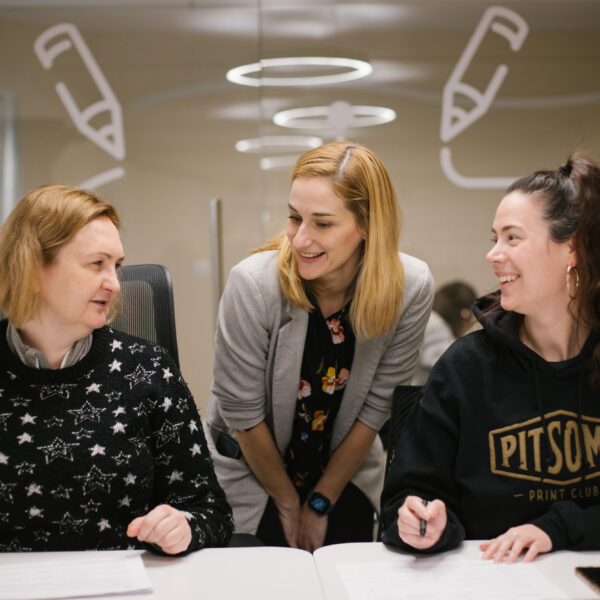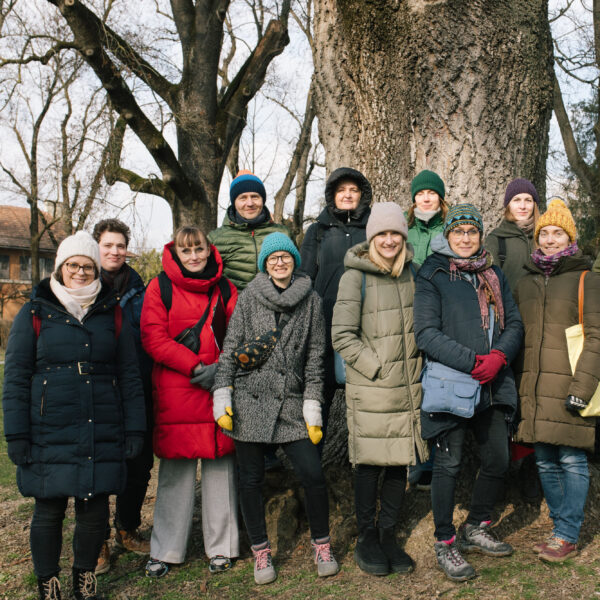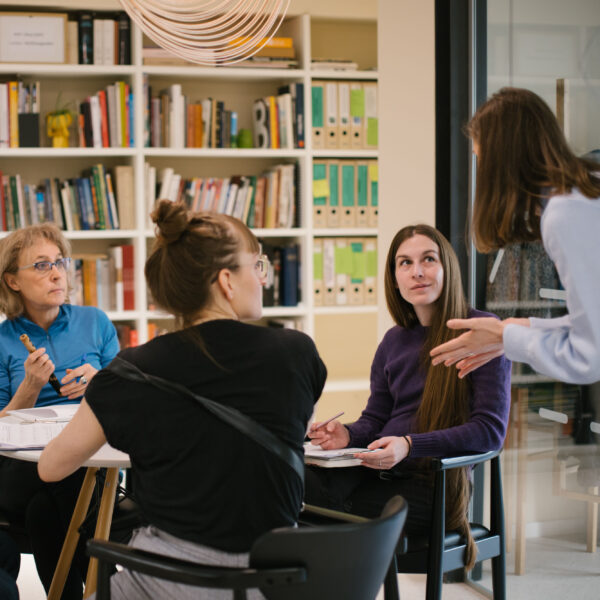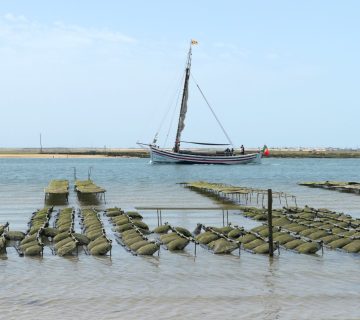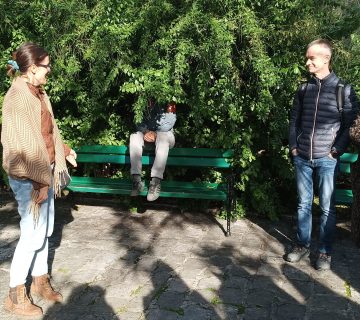From Poland to Croatia to learn how to “look with the heart”, find deeper meanings in surrounding reality and how to share it with others.
In February 2023, the first of three groups from the new Polish museum in Sulejówek attended the Interpret Europe Certified Interpretive Guide (CIG) course organised by Muses Ltd. in Zagreb. The Józef Piłsudski Museum in Sulejówek near Warsaw is a modern facility, opened in 2020. It is dedicated to a leader and a statesman, who is the symbol of independence for Poles. The museum has two hearts: a historical enclave with a vast garden surrounding the house of the Piłsudski family; and a modern educational and exhibition complex. A permanent 2,100sqm exhibition presents the life, political thought and legacy of Józef Piłsudski against the backdrop of the era and conveys the values he represents, the idea of fighting for independence and working on building the state.
We became interested in heritage interpretation methods a few years ago as the idea of creating reflection in participants instead of serving a ready understanding of our heroes’ achievements. Therefore, we were delighted that in 2023, 30 people from our museum could take part in the Interpret Europe training in Zagreb as part of the Erasmus+ programme financed by the European Union.
The training was well organised with theory conducted in the modern Muses office intertwined with practical exercises outside. Walking along park alleys, we drew, composed themes, described objects that we would not have paid attention to before. We practiced “looking with our heart” – finding elements that resonated with us. The presence of colleagues from Croatia in the group enriched our interpretations with different sensitivities.
We visited the Zagreb City Museum where we developed interpretive walks. We also went to the Medvedgrad Castle in Medvednica Nature Park, where we reviewed the natural and historical exhibitions. We all passed the theory test and interpretive talk in the Rokov Perivoj park, accompanied by strong emotions. We created interesting stories revealing the unknown meanings of our phenomena, some as surprising as inconspicuous daisies blooming in February.
The CIG course was intense but neatly planned and flexibly adapted to the dynamics of the group. The training turned out to be a stimulating intellectual adventure, teaching how to perceive deeper meanings in the surrounding reality and how to share it with others. I think that this course is just the beginning of our adventure with heritage interpretation. After return to Poland our task is to prepare programmes and narrative paths at the museum for participants of various age groups, and especially for the most demanding guests: adults. We hope these new skills will help us make it attractive and meaningful.
Personally, as a curator, I wish I had the chance to take this course ten years ago, before working on the permanent exhibition in our modern narrative museum. In that sense, I think that this course should be part of the programme of museology studies, or other cultural studies as groundwork for all who work in this field.
Agnieszka Kaczmarska is a curator at Józef Pilsudski Muzeum in Sulejówek in Poland (www.muzeumpilsudski.pl). You can get in touch with her at: a.kaczmarska@mjpws.pl.
To cite this article: Kaczmarska, Agnieszka (2023) ‘Stimulating intellectual adventure with Muses in Zagreb’ in Interpret Europe Newsletter 1-2023, pg. 11.
Available online: https://interpret-europe.net/wp-content/uploads/2023/03/PDF-Newsletter-2023_1-spring.pdf

